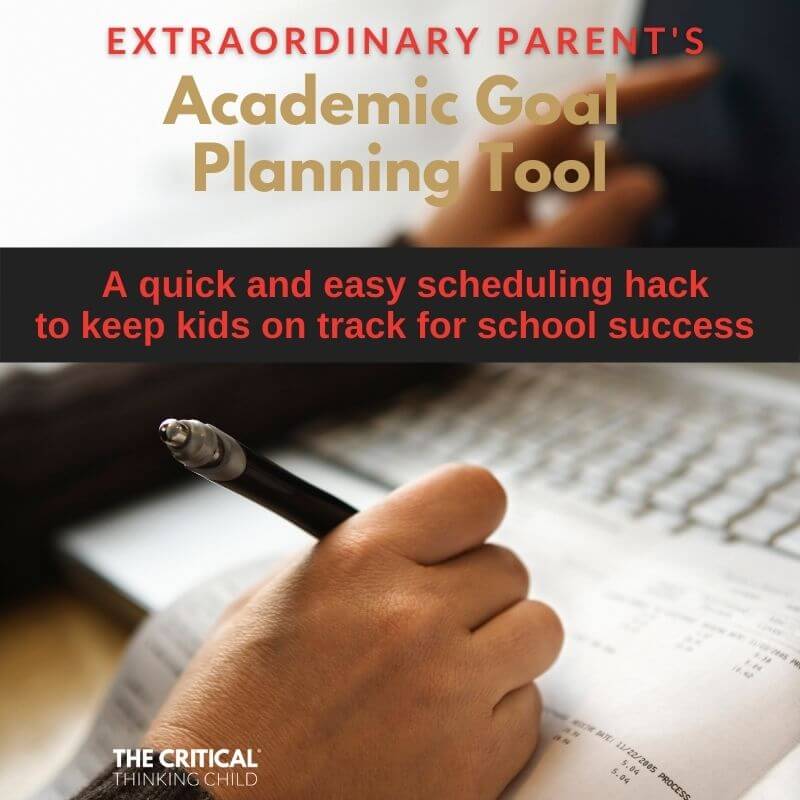Goal Setting for Grades K-2
Students in this age range will need more support thinking of goals to set, so guiding them to concrete goals is best. Think specific, numerical achievements or easily trackable behavioral goals. To guide your child in goal setting, you may ask questions like “What is hardest for you in school right now?” or “What do you most want to be able to do this year?”
- I can write my numbers 1-20.
- I can say all of the letter sounds.
- I can read 30 sight words.
- I can read at home for 20 minutes each day.
- I can raise my hand to answer a question in class.
Goal Setting for Grades 3-5
Students in grades 3-5 are likely experiencing their first influx of standardized tests like the End-of-grade tests (EOGs). You can discuss the scores they want to receive on these tests, or you can go with less concrete goals like finishing a chapter book or writing a 5-paragraph essay. These students are also beginning to become independent students, so you can think about some organizational or study skills goals that your child may need to work on. Students at this age will likely have lots of ideas about goals they want to accomplish, so let them lead the way.
Some example goals:
- I can write a 5-paragraph opinion essay.
- I can score above a 90 percentile on my math EOG.
- I can finish reading one new chapter book each week.
- I can memorize all of my 8 and 9 multiplication tables.
- I can remember to bring home all of my homework materials from school each day.
Goal Setting for Grades 6-8
Middle school students can begin thinking more long term about what they want to achieve in their lives. They are also more self-aware at this age, so they likely have some sense of their talents. Work from a strengths-based approach and ask your child questions like “What talents do you have? What goals can you set to grow these talents?” Students in grades 6-8 are also dealing with multiple teachers, lockers, and more responsibility, so you can prompt your child to think about how to manage these new demands.
Here are a few goals for students in grades 6-8:
- I can earn an A in my Reading and Math classes for the year.
- I can turn my homework in on time every day.
- I can improve my fiction writing by practicing every day for 20 minutes.
- I can keep my binders organized by putting my class notes away in the correct section every day.
- I can improve my science average to an 85% by attending tutoring after school each week.
Goal Setting for High School (Grades 9-12)
High school students are capable of leading the goal-setting process themselves. Goals at this age are likely to be numerical, based on SAT scores or grade point averages. For students in 11th or 12th grade, they may be focused on college admission or summer internships that lead them to larger career goals. As a parent, your role here is just to facilitate the process and cheer your child on; let them do the rest!
Sample goals for students in grades 9-12:
- I can raise my GPA to a 3.0 by the end of the school year.
- I can improve my SAT score by 60 points on my next test.
- I can identify my top 5 colleges and meet with the counselor to learn more about each.
- I can get a summer job or internship that will help me learn about a career I’m interested in.
- I can spend 2 hours each night working on homework without being distracted by my phone or tablet.
No matter the age of your child, goal setting is a great way to help motivate students to succeed! As a parent, you’ll gradually step back from the process as your child gets older, but you are always essential for facilitating goal setting conversations and celebrating successes!
The most powerful (and fun!) learning happens right at home. Set your child up for success with our catalog of play-based activities designed for kids of all ages.




